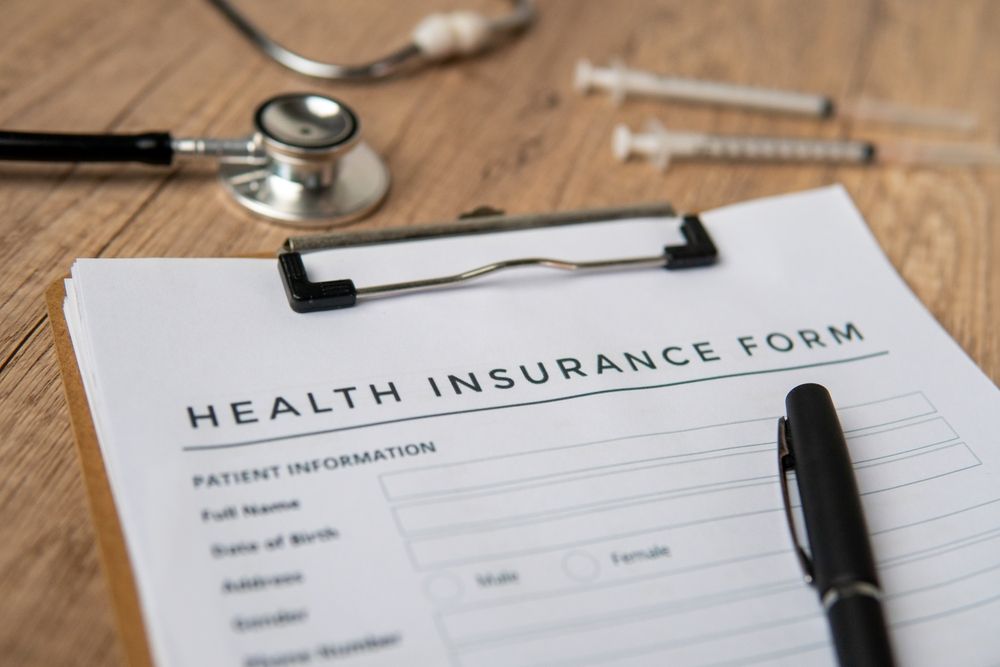Health insurance isn’t just a safety net — it’s a critical financial tool that protects you from the unexpected. Medical emergencies, prescription costs, and routine checkups can add up quickly. Without insurance, even minor issues can become major expenses. But when is the right time to sign up?
Many people wait until they’re sick or in need of care before thinking about coverage — but by then, it may be too late. Timing matters when it comes to health insurance, not just for financial protection, but for eligibility, plan options, and peace of mind. Here’s what you need to know about the best time to get health insurance and how to make the right decision for your situation.
1. The Best Time Is During Open Enrollment
In most cases, the ideal time to get health insurance is during the Open Enrollment Period (OEP). This is the designated window each year when individuals can sign up for a health plan, switch plans, or renew existing coverage.
For Marketplace Plans (ACA):
-
Typically runs from November 1 to January 15 in most states
-
Coverage usually begins January 1 if enrolled by December 15
-
After this window, you can’t enroll unless you qualify for a Special Enrollment Period
Why Open Enrollment Matters:
-
Full access to all available plans and subsidies
-
No need to prove a qualifying life event
-
Easier comparison shopping between insurers
If you’re considering a marketplace or private plan, don’t miss this annual opportunity — it’s when your options are widest.
2. Sign Up Immediately After a Qualifying Life Event
If you miss Open Enrollment, you may still be able to get coverage through a Special Enrollment Period (SEP) triggered by major life changes.
Common Qualifying Events:
-
Loss of existing coverage (e.g., job loss, turning 26 and aging off a parent’s plan)
-
Marriage or divorce
-
Birth or adoption of a child
-
Moving to a new ZIP code or state
-
Change in immigration status
These events open a 60-day window for you to apply for new coverage. It’s essential to act quickly — if you miss this window, you may have to wait until the next Open Enrollment period.
3. The Sooner, the Better — Especially if You’re Uninsured
If you don’t currently have health insurance, the best time to get it is now — as soon as you’re eligible. Waiting can leave you financially vulnerable if you get sick or injured unexpectedly.
Why Early Enrollment Is Smart:
-
Health issues can happen at any time — insurance protects against the unknown
-
Preventive care (like annual checkups) is covered in most plans
-
Subsidies and Medicaid expansion make coverage affordable for many people
Being uninsured, even for a few months, can result in medical debt or skipped care. Coverage offers both protection and peace of mind.
4. Get Insurance Before You Turn 26
If you’re currently on a parent’s health plan, you’re allowed to stay on it until the end of the month of your 26th birthday. After that, you’ll need to find your own plan.
Options for 26-Year-Olds:
-
Marketplace (ACA) plans with potential subsidies
-
Medicaid (if income-eligible)
-
Employer-sponsored insurance if you have a job offering benefits
You’ll qualify for a Special Enrollment Period, but it only lasts 60 days. Plan ahead to avoid a gap in coverage as you transition to adulthood.
5. Enroll During a Job Change or New Employment
If you’re starting a new job that offers health benefits, your employer will typically give you a 30- to 60-day window to enroll in a plan. This is a valuable opportunity to secure employer-subsidized coverage.
What to Consider:
-
Compare plan options (HMO vs. PPO, premiums vs. deductibles)
-
Understand what portion of the premium your employer pays
-
Ask about dental, vision, and dependents’ coverage
If you leave your job, you may also qualify for COBRA, which allows you to keep your previous plan for up to 18 months — though it’s usually more expensive.
6. Consider Getting Coverage When You Start Freelancing or Becoming Self-Employed
Freelancers and gig workers don’t receive employer benefits — making marketplace plans or private health insurance essential.
Key Tips for Freelancers:
-
Apply during Open Enrollment or after leaving a traditional job
-
Track income carefully for ACA subsidy eligibility
-
Consider combining a high-deductible health plan (HDHP) with a Health Savings Account (HSA)
Without employer coverage, the financial risk of being uninsured is too high — a single ER visit could cost thousands.
7. Apply Immediately After Losing Medicaid or Other Public Coverage
Losing eligibility for Medicaid, CHIP, or other public programs qualifies you for a Special Enrollment Period. It’s critical to act fast to avoid a coverage gap.
What You Can Do:
-
Apply for an ACA marketplace plan
-
Explore your employer’s plan if available
-
Use your SEP to compare affordable private options
Make sure to gather paperwork and proof of eligibility changes — it speeds up the application process.
8. Use Enrollment Periods to Shop for Better Plans
Already have health insurance but not happy with it? Use Open Enrollment to switch to a better plan that fits your budget and healthcare needs.
Reasons to Switch Plans:
-
Your premium increased significantly
-
Your doctor is no longer in-network
-
You need better coverage for prescriptions or chronic conditions
Compare deductibles, copays, and out-of-pocket maxes. A slightly higher premium might offer better overall value if you use care regularly.
9. Apply for Medicaid or CHIP Anytime (If Eligible)
Unlike private insurance, Medicaid and Children’s Health Insurance Program (CHIP) are open year-round for people who qualify based on income or other criteria.
Why This Matters:
-
No waiting for Open Enrollment
-
Offers comprehensive coverage at low or no cost
-
Great option for low-income individuals, children, pregnant women, and the elderly
If your income changes or you’re experiencing hardship, check your state’s Medicaid rules — you may be eligible right now.
10. Don’t Wait for a Health Emergency
If you’re thinking of getting insurance only when you’re sick or injured, it’s already too late. Health insurance is proactive protection — not something you can use retroactively.
Avoid This Mistake:
-
You cannot buy coverage to pay for care you already received
-
Waiting risks bankruptcy or significant debt
-
Emergency room visits alone can cost thousands without coverage
Enroll as early as you can — when you’re healthy and have options — not when you’re desperate.



